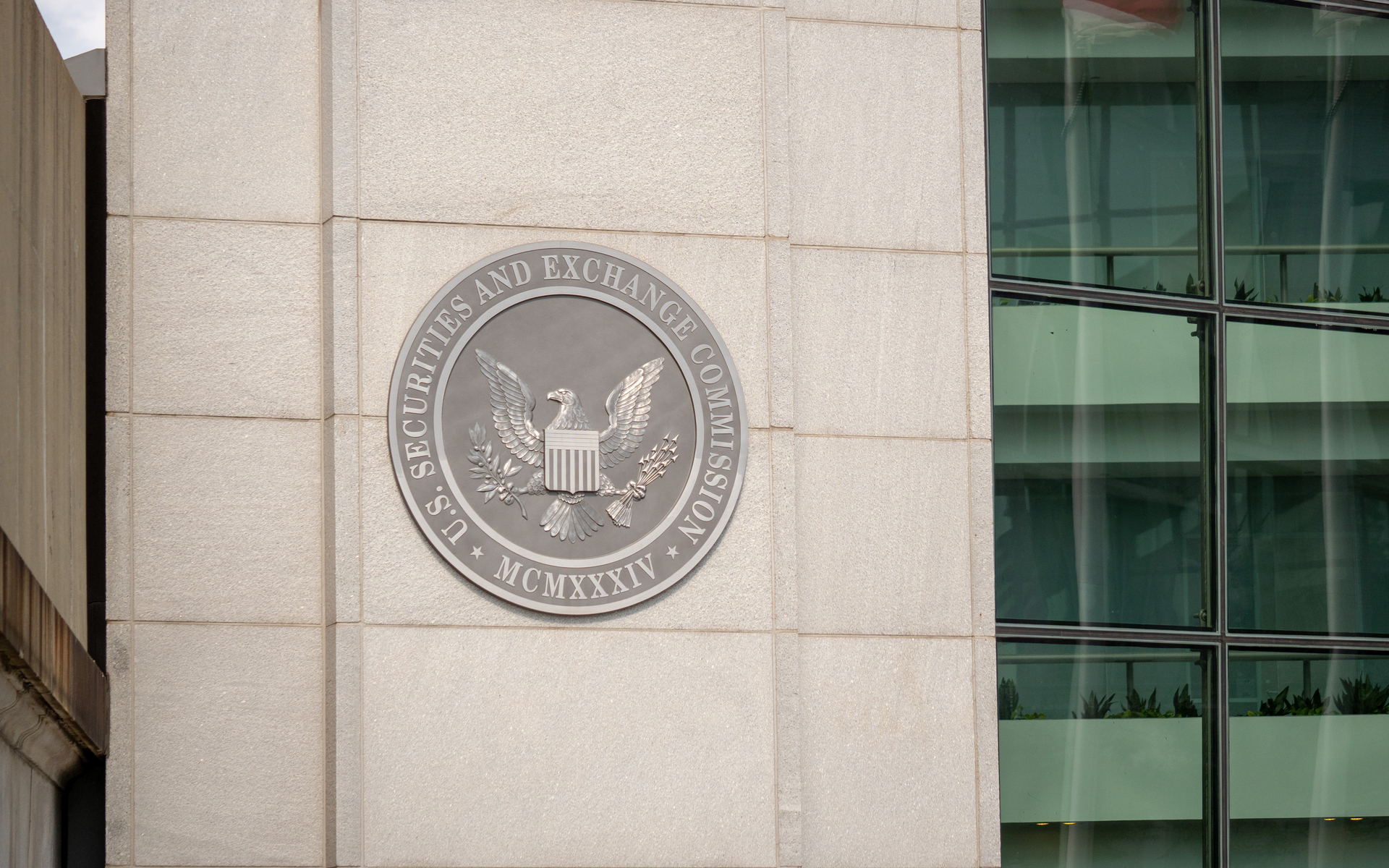
According to new research from Bitwise, the public (and SEC) perceptions are wrong, and the real Bitcoin market is a poster-boy of order and efficiency.
Bitwise Asset Management certainly doesn’t sit around feeling sorry for itself when the SEC delays ruling on its Bitcoin-ETF… again. Just a week after the latest postponement, Bitwise submitted a 104-page white-paper on the true state of the market.
Fortunately, Bitcoinist read the whole thing and picked out the important bits so you don’t have to.
Market Obscured By Foggy Miasma Of Bad Data
The current data reported on trading volumes by market aggregators is surprising… because it is wrong. But it isn’t Bitcoin’s fault. CoinMarketCap (and many of the pillars of the crypto-community) evolved from tools for early enthusiasts, and are not indicative of the state of the Bitcoin market today.
So when we hear that BTC trades twice the daily volume of Apple, despite having roughly 10% of the market cap. Or nearly a third of gold’s daily volume, but less than 1.5% of its market cap. Then that data is surprising, but the fact that it is incorrect should not be.
Similarly, the fact that CMC reported a spread across exchanges (at a single point in time) from $5170 to $5873, would be shocking. But it isn’t a true representation.
Do The ‘Fake-Volume’ Exchanges Have Any Real Volume?
This was one question posed by the SEC after Bitwise submitted their previous research (upon which this expands) in March.
Bitwise collected custom-data on 83 exchanges, by utilizing screen-scraping and other techniques. Other than the ten ‘true-volume’ exchanges, only three exchanges seemed to have significant volume and a real-world footprint. These were HitBTC, Huobi, and OKex.

From the comparisons to genuine exchanges across trade size, volume spike, and spread, only Huobi seemed to have any correlation. But the Huobi data had changed markedly since before the March report surfaced, suggesting the exchange has changed its methods to look ‘more real’.
Analyses by third parties included the Blockchain Transparency Institute estimate that 93% of OKex volume is fake, along with around 80% of volume at both Huobi and HitBTC. This would mean around $67 million of traded daily volume is real across these three exchanges.
While not negligible, this does not greatly affect the true-market of over $550 million daily.
So What Does The True Bitcoin Market Look Like
According to Bitwise, very healthy. It says that:
after you remove the fake volume and fake data from the equation, you are left with an extremely efficient and orderly market, and one that is backstopped by a regulated derivatives market of significant size.
Additionally, it is substantially more U.S. focussed than reported figures suggest. Over 30% of genuine volume comes through exchanges based in the United States.
Nine of the ten ‘real-volume’ exchanges are regulated by FinCEN under Money Services Business regulation. Six of them also hold New York’s notoriously difficult to attain BitLicense.
So much for the ‘lawless morass of anything-goes capitalism dominated by shadowy, fly-by-night operations’ that the public envisions.
The report also found that spreads on spot prices across the ten exchanges with real-volume had a median of just $1.31 in April. And the futures market has a lot larger proportion of the market than previously thought, comprising around 50% of the value of the spot market.
The SEC Should Get Their ‘Approve’ Stamp Out
So it would appear that the Bitcoin market is actually in rude health… once you discount all of the dodgy exchanges. At least, that’s the conclusion of the SEC-approval-seeking Bitwise.
For reference, we have included a list of exchanges which passed the Bitwise ‘real-volume’ tests below.
Binance, Bitfinex, Kraken, Bitstamp, Coinbase Pro, BitFlyer, Gemini, itBit, Bittrex, and Poloniex.
Will Bitwise’s research get the SEC to approve a Bitcoin ETF? Share your thoughts below!
Images via Shutterstock


















